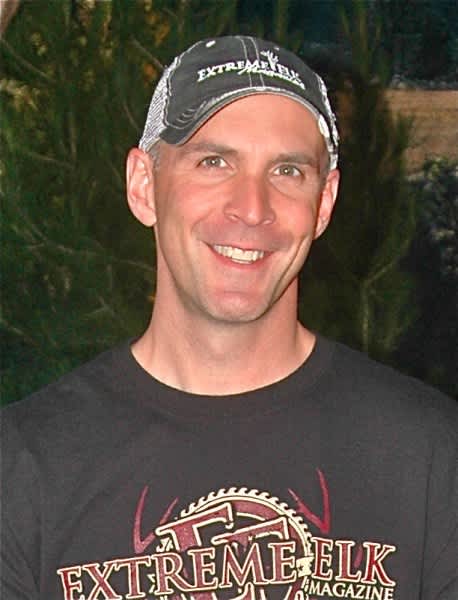What Las Vegas Taught Me about Elk Calling
OutdoorHub Contributors 12.17.14

The emcee asked for quiet in the crowded theater and the audience eagerly obliged. Then he called the day’s last competitor onto the brightly lit stage: “Caller number six, cow sounds, please.”
Behind a curtain, judges waited for the first mewing vocalizations of elk.
For the next 45 seconds, the competitor did his best, well-rehearsed routine mimicking the sounds of cows and calves, from soft whines to sharp barks. After a short breather, and a sip of water for the dry-throated contestant, the emcee asked for 45 seconds of bull sounds. The room filled with loud, resonant bugles, growls, grunts and chuckles. Caller number six even replicated a sound that many elk hunters actually have never heard—a low popping noise called glunking, audible only during the rut and only at close range.
A timer sounded, ending the competition and igniting a raucous round of cheers and applause for all the competitors in the 2014 World Elk Calling Championships. The contest, held in Las Vegas December 5 through 6, featured competitors from across the Western United States and two Canadian provinces.
Now it was all up to the judges and their score sheets.
The Rocky Mountain Elk Foundation (RMEF) and Leupold host the event annually to find out who’s the best elk caller in North America, and to help draw attention to elk, hunting, and habitat conservation. It works. Over the past 30 years, RMEF has conserved more than 6.5 million acres for elk and other wildlife. RMEF also opens and improves public access, funds and advocates for science-based resource management, and ensures the future of America’s hunting heritage.
Competition in the World Elk Calling Championships is held in six divisions: pee-wee, youth, natural voice, women’s, men’s, and professional. Results are posted here.
Back in Vegas, the emcee saved for last his announcement of the winner in the professional division: “And our new world champion elk caller for 2014 is…Corey Jacobsen from Boise, Idaho.”
Another round of cheers and applause, along with congratulations and photos, ensued. But for all the build-up and suspense, the emcee’s announcement really wasn’t all that surprising. Through the years in various divisions of competitions, Jacobsen has won eight world championships. Last year he won a special “Champion of Champions” event pitting previous professional division winners against each other. Jacobsen is the most decorated elk caller in the history of organized competition—and, also unsurprisingly, he’s a consistently successful elk hunter.
What’s always unexpected, however, is Jacobsen’s response to questions about what’s the most important thing to remember about calling and hunting elk.
“It’s not all about calling,” says Jacobsen, an odd declaration from someone who spends so much time practicing his skill at sounding like elk. “In my opinion, being a good elk hunter is all about confidence. A confident elk hunter has the greatest chance to succeed. Confidence comes from preparing a full range of skills: calling, physical conditioning, shooting skills, knowledge of hunting tactics, gear and familiarity with the area you’re hunting. There isn’t one skill that contributes more to success than another. It’s about the complete package. I’d rather be mediocre in all areas than be great at one or two things and incompetent at everything else.”
Interestingly, one of the greatest lessons to be learned at the 2014 World Elk Calling Championships is that calling—no matter how great the judges’ scores—is just one part of what it takes to be a great elk hunter.
Learn more about the World Elk Calling Championships in the video below:

